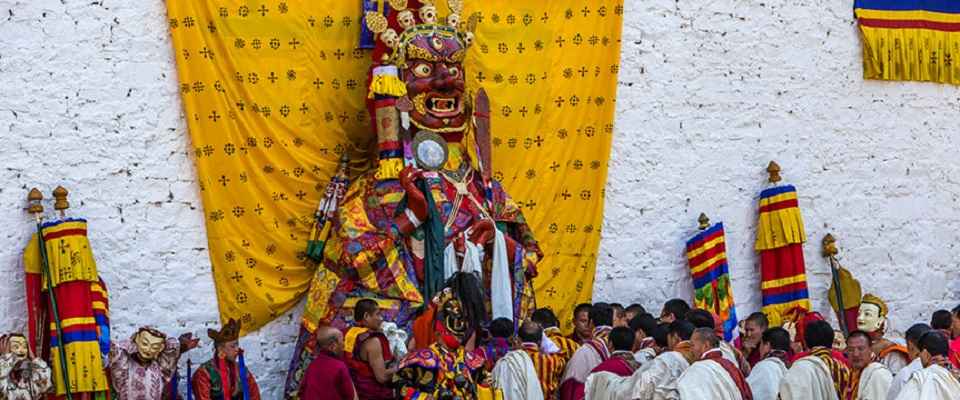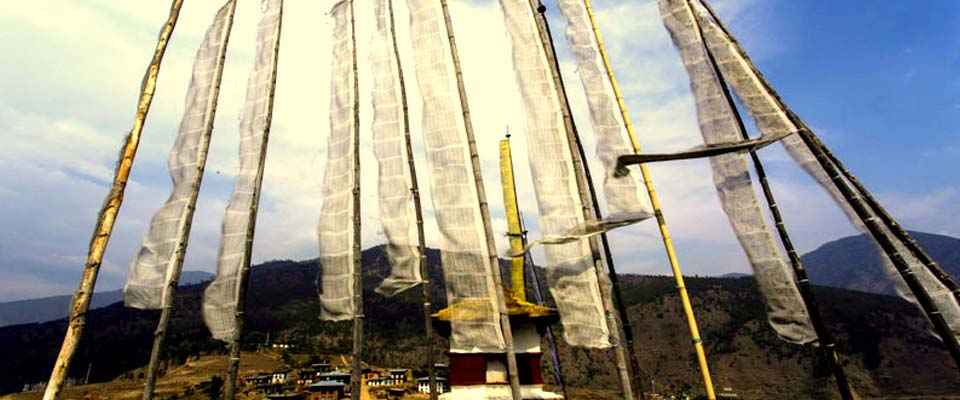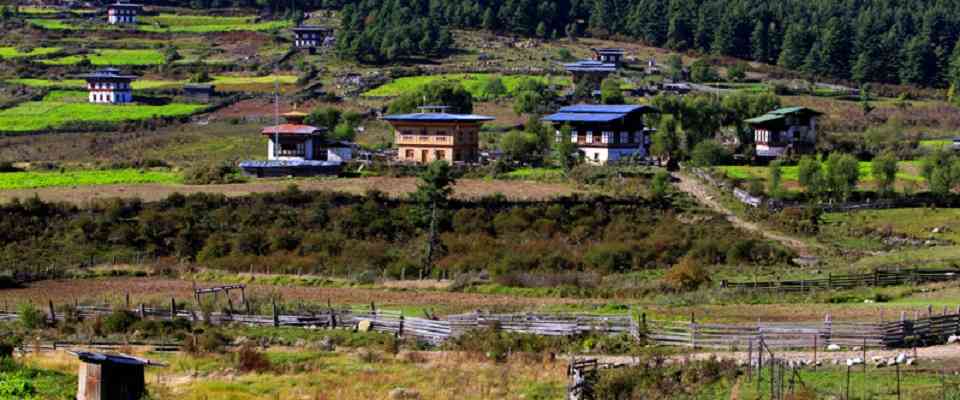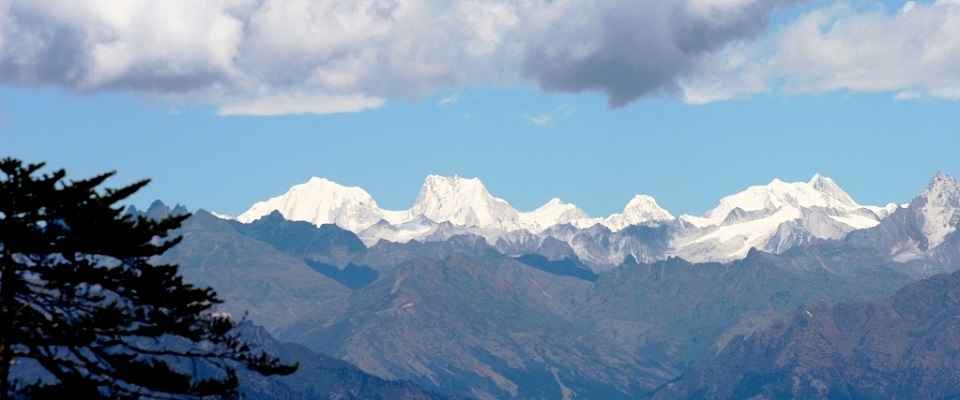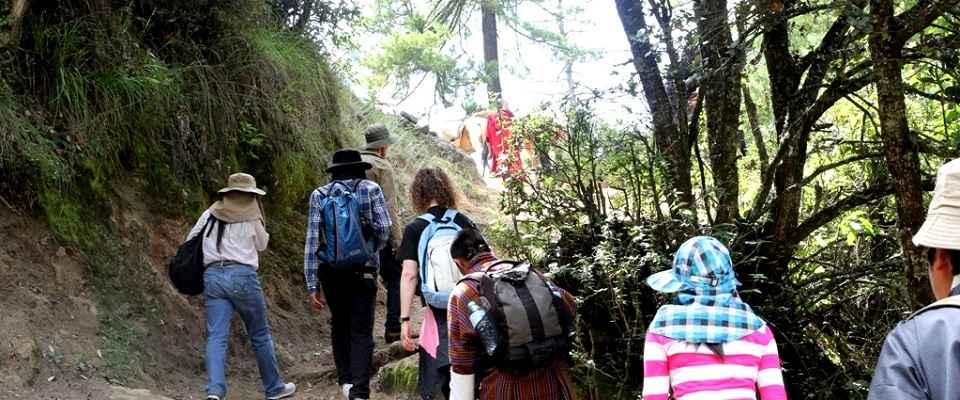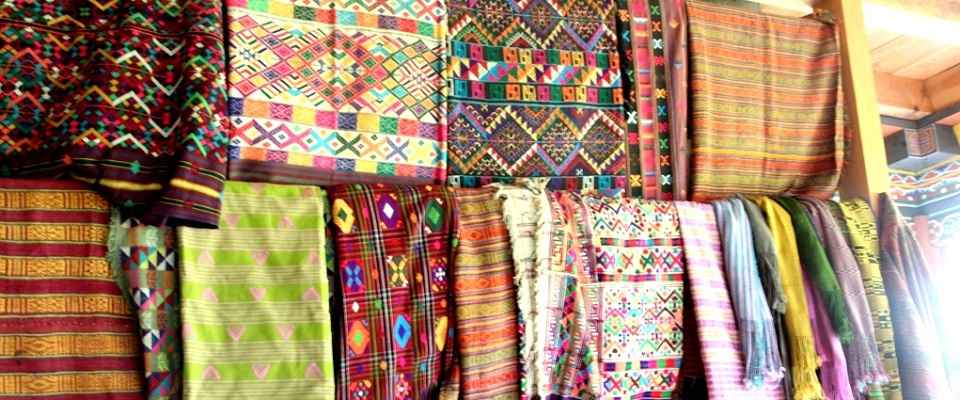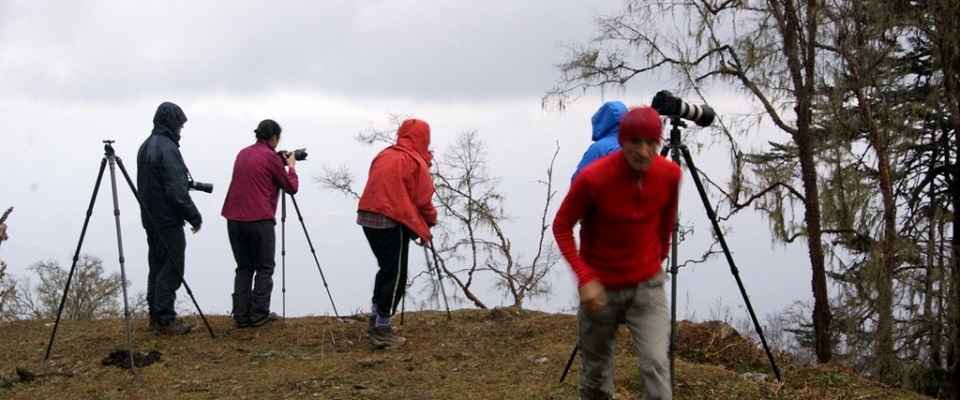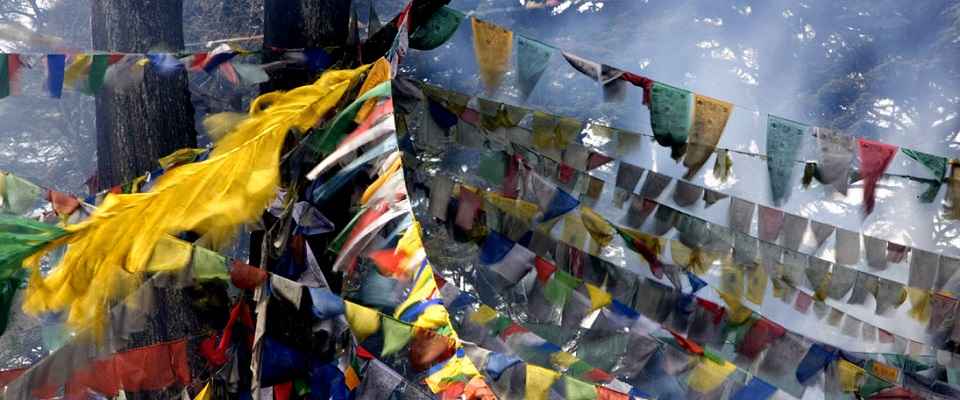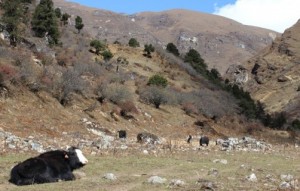 The northern part of Bhutan is covered with the snow caped peak and the nomads live there with their yaks and touring and traveling with the yaks within Bhutan from one pasture land to another for better feeding pasture land.
The northern part of Bhutan is covered with the snow caped peak and the nomads live there with their yaks and touring and traveling with the yaks within Bhutan from one pasture land to another for better feeding pasture land.
If not, nomads of Soe Yuetoe of Thimphu and Soe Yaksa and Nubri of Paro said want of amenities could encourage migration to urban areas.
The places, which have about 70 households in total, are about two days walk from road end at Shana zam in Paro.
An elderly highlander from Soe said constructing roads and electrifying their villages may not be possible for the government for many reasons.
“But at least a mobile connection could ease adversities in our lives in many ways,” he said.
Namgay Wangchuk, 60 from Soe Yaksa village under Tsento gewog in Paro, said connectivity was very essential for those living nomadic lifestyle.
“We have to keep migrating with cattle from mountain to ridges,” he said.
He said a mobile service would always help keep their family and relatives informed, while also ensuring those back home are safe and in good health.
“In absence of such facility, we aren’t able to contact each other even when there are mishaps at home, like someone falling ill or when there’s a death in the family,” he said.
Another elderly nomad said the benefit of connecting these villages with mobile phone would go beyond the communities.
“We’re like country’s security workers along the borders” he said, adding connectivity could help report government or the local government officials of suspicious activities.
Tshogpa Tobgay said the gewog offices are about a day’s walk from where they lived, and contacting people during important functions and meetings had been a challenge.
He said the earlier request for mobile service was turned down, stating cost reasons.
Elderly nomads said being disconnected for long could result in rural-urban migration.
“Some have already started selling away their cattle and this means they’re planning to move down to the town areas,” a nomad said.
Some also suggested the government to restrict nomads from selling all their yaks.
“Selling all the yaks means they’re going to leave their ancestral land, since there’s no other way to survive here,” one said, adding the government could also encourage nomadic lives by providing loans to those who are interested in rearing more yaks.
Besides the isolation, it was also human wildlife conflict that dissuaded nomads from living in the highlands peacefully.
A mother of three from Soe Yaksa said she finished selling her eight yaks. She is now planning on moving down to Drukgyel in Paro, where her two children are studying, to run a small shop.
Soe gup Kencho Dorji said government stresses the importance of retaining people living in the border areas.
“But nothing’s being done to retain people there,” he said, adding it was only socio-economic development that would help highlanders continue living there.
“Today, no one wants to endure the same challenging lifestyle like their parents did and, when there is no facility to ease lives, moving to urban areas is seen as an option,” the gup said.
He said government did not want to construct road to the border areas for security reasons.
“We all agreed with it but, despite agreeing to electrify our place since 1998, nothing happened,” Gup Kencho said. “If the people migrate to urban areas, despite installing facilities in place, it’s people’s fault. Otherwise, getting out of here is worth considering.”
Gup said there were only 28 households in his gewog during the time of his parents and it has not expanded even by one till date.
“This indicates people are least interested in settling here,” he said.

